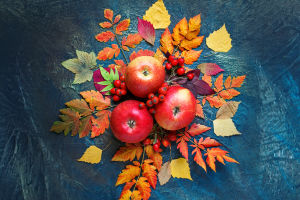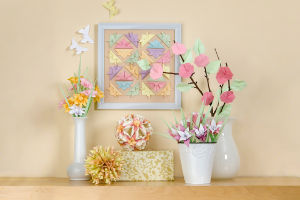Welcome Lykkers! In the expansive universe of artistic expression, creativity finds a home in countless forms.
Among these, ceramics stands out—not only for its visual appeal but also for how it enriches an artist’s aesthetic intuition.
From shaping and sculpting to glazing and firing, ceramics challenges boundaries and deepens one’s sense of artistic balance and craftsmanship.
Ceramics as a Canvas for Artistic Growth
When most people think of ceramics, they picture clay cups or handmade bowls. But ceramics goes far beyond that—it’s a dynamic, three-dimensional art form that brings space, texture, and design into a single creation. Artists working with clay learn to see form from all angles, sharpening their eye for detail and enhancing their spatial understanding.
Every block of clay has a character of its own. Learning to mold it takes not only skill but also patience and adaptability. These qualities nurture creative flexibility, allowing artists to explore fresh perspectives and refine their overall artistic direction.
From Clay to Creation: The Skill-Building Journey
One of the most rewarding parts of ceramics is the transformation process. Whether shaping on a wheel, hand-building a sculpture, or applying glaze, each step is an opportunity to grow. Artists begin to master the balance of proportion and harmony, learning how to work with form in ways that directly influence other artistic fields.
For example, sculpting clay improves one’s grasp of symmetry, volume, and negative space. These concepts don’t stay within the pottery studio—they enhance painting, design, and even architecture. The hand-to-eye coordination and problem-solving developed in ceramics build a foundation that benefits a wide range of visual disciplines.
Tactile Textures and Color Chemistry
Working with clay is an immersive experience—part visual, part tactile. Unlike flat surfaces like canvas or paper, ceramics invites hands-on interaction with texture. From the silkiness of porcelain to the grit of rough stoneware, every touch becomes part of the final composition.
Then comes the glazing stage, where artists explore how colors react to heat and material. This isn’t just surface decoration—it’s a deep dive into color relationships and finishes. High gloss, matte, speckled, or layered—each glaze combination changes how a piece feels and looks. Artists become more sensitive to how color and texture together influence emotion and meaning.
Embracing Imperfection and Artistic Risk
One of the most powerful lessons in ceramics is learning to work with the unpredictable. A glaze that runs or a shape that collapses mid-process—these are not failures but invitations to pivot creatively. Clay teaches resilience and openness, and sometimes the most unexpected results are the most beautiful.
This freedom to adapt boosts artistic confidence and encourages experimentation. In this way, ceramics helps break down rigid ideas of what “perfect” art should be and replaces them with personal exploration and authenticity.
Where Art Meets Function
Ceramics also has a unique ability to blend beauty with practicality. From handcrafted dishes to sculptural vases, artists learn to merge utility and aesthetics. This balance between form and function deepens an artist’s awareness of design and encourages thinking beyond the traditional boundaries of fine art.
Learning to create something both beautiful and usable requires precision, visual balance, and thoughtful craftsmanship. These are valuable skills not just in art studios but in product design, interior decor, and beyond.
Working with ceramics is more than forming objects—it’s a deeply personal artistic journey. The process teaches patience, creativity, and attention to nuance. As artists mold clay, they also shape their own artistic identities, discovering new ways to communicate emotion, story, and purpose through form and texture.
It’s not just about mastering a craft—it’s about expanding how you see, feel, and create. Ceramics offers a lifelong opportunity to evolve as an artist, and every piece becomes a milestone in that creative path!


